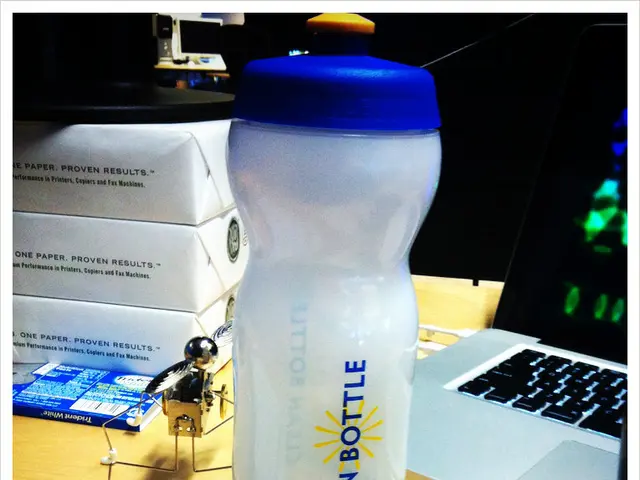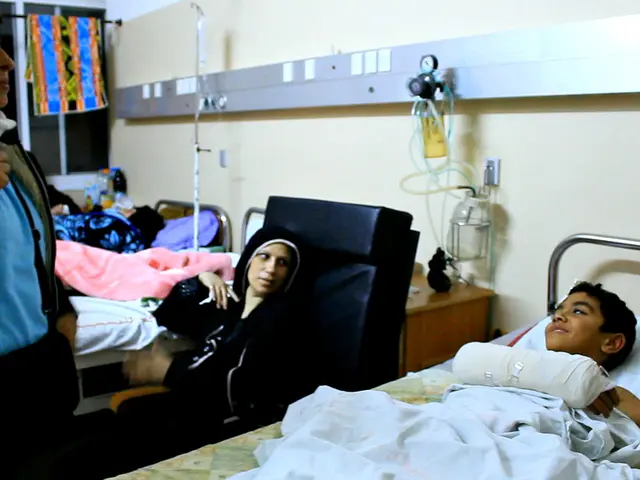Potential Medical Interventions and Pharmaceuticals Potentially Excluded from Future Swiss Health Insurance Coverage
Switzerland's healthcare system faces pressure due to growing costs, with a projected increase of 3% in 2024, reaching approximately CHF 97 billion. To stay afloat, the Federal Office of Public Health (FOPH) is implementing cost-saving measures.
These measures involve consciously curbing healthcare expenditures by 67 million francs annually, which, unfortunately, may impact patients. This means that some medical treatments could no longer be fully covered by basic health insurance, or only partially.
FOPH scrutinizes the efficacy and cost of various treatments using Health Technology Assessments (HTAs). Treatments that fail to meet the 'EAE criteria' (effectiveness, adequacy, cost-effectiveness) are potential targets for these cuts.
For instance, arthroscopy, a minimally invasive procedure used for joint problems, has been determined to offer negligible benefits for patients with degenerative knee pain. Despite the lack of evidence supporting its efficacy, this expensive treatment remains widespread.
Other potential candidates for cuts or limited coverage are vitamin D therapy and iron therapy, which have been labeled as budget drains in the healthcare sector.
FOPH also wants patients to shoulder more of the cost for certain medications, allowing insurance companies to cover less. This move may lead to higher prices for patients seeking branded drugs, like Claritin, Brilique, Casodex, Gilenya, Lamictal, Feinject, Lyrica, and Neurontin, among others.
Despite these looming changes, few services are likely to be completely eliminated. Instead, they may continue to be covered on a limited basis if deemed necessary by a doctor. Additionally, with a complementary insurance policy, some treatments may still be reimbursed.
As always, stay informed about updates in healthcare regulations and policies by consulting the Swiss Federal Office of Public Health or relevant insurance providers.
- The Federal Office of Public Health (FOPH) is evaluating the effectiveness, adequacy, and cost-effectiveness of various treatments, known as Health Technology Assessments (HTAs), to implement cost-saving measures in Switzerland's healthcare system.
- treatments that do not meet the 'EAE criteria' could face cuts, which may affect patients' access to certain medical treatments, especially those that are not fully covered by basic health insurance.
- Arthroscopy, a minimally invasive procedure for joint problems, and vitamin D therapy, as well as iron therapy, have been identified as potential targets for cuts or limited coverage due to their high costs and questionable effectiveness.
- Insurance companies might cover less for certain medications, leading to higher prices for patients seeking branded drugs like Claritin, Brilique, Casodex, Gilenya, Lamictal, Feinject, Lyrica, and Neurontin.
- Although some services may not be completely eliminated, they may continue to be covered on a limited basis if deemed necessary by a doctor, and some treatments may still be reimbursed with a complementary insurance policy. It's crucial to stay informed about updates in healthcare regulations and policies, especially by consulting the Swiss Federal Office of Public Health or relevant insurance providers.








